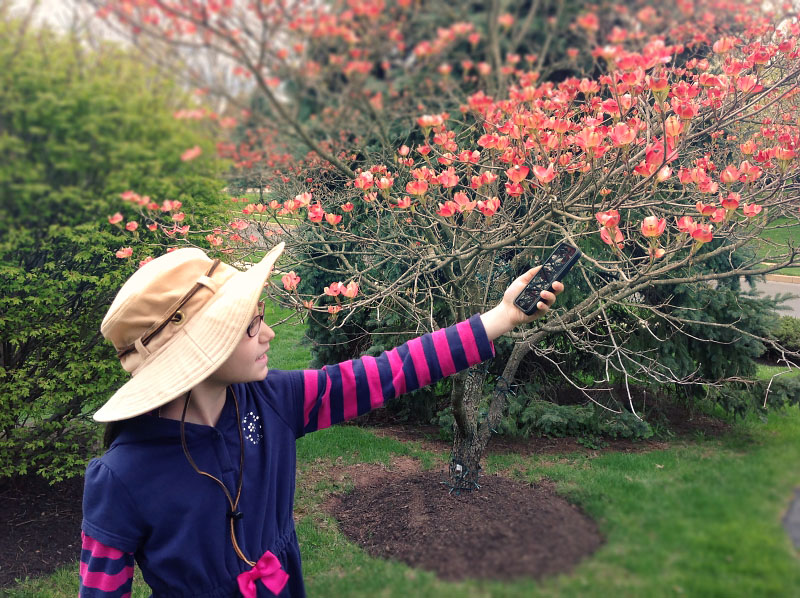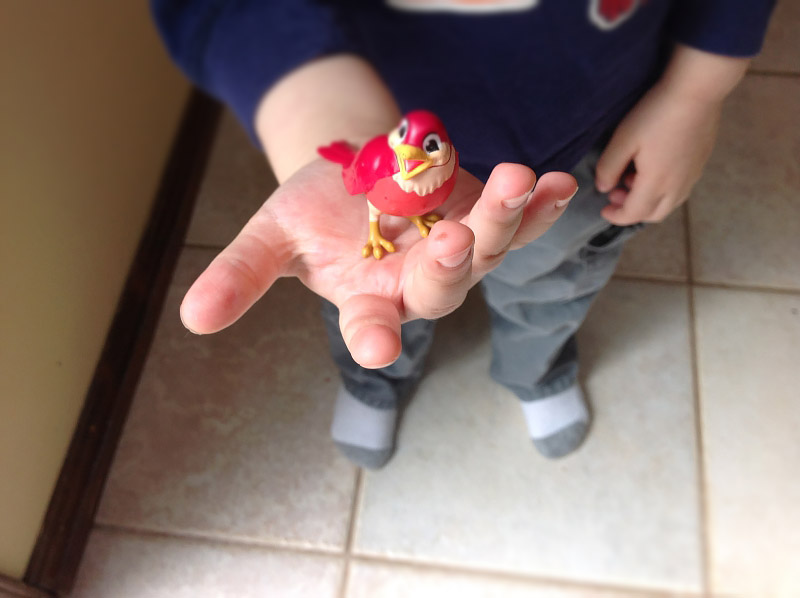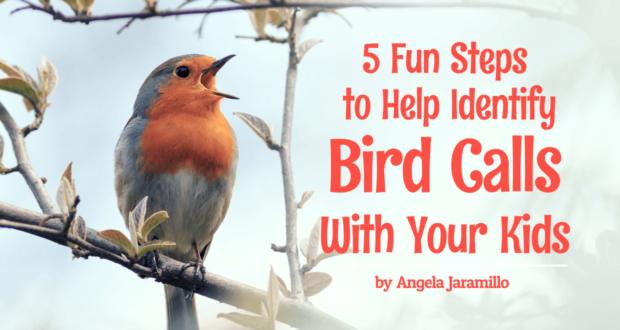When I was a teenager, our family lived in the mountains, and like clockwork every dawn a loud cacophony of sounds woke me up. I was not very impressed with these birds that challenged my sleep, until I began working as a Junior Naturalist at a State Park.
As I learned more about nature, I began to appreciate their songs and decided I was going to try to identify these flying critters by sound. One early morning, I took out a blank cassette tape (remember those) and popped it into my tape recorder.
Wow! I never realized the number of different birds that were singing at dawn. No wonder it woke me up every spring and summer. At the time, I was not able to identify many of the birds by sound, but nowadays with the help of the Internet, it could not be any easier!
I recently decided it was time again to delve into the world of our fine-feathered friends, but now I enlisted the help of my children. Somehow I think God wanted me to wait 25 years before I tried again, to remind me of the beauty of His creation and that my kids have much better ears than I do! I invite you and your family to give it a go and prepare your “listening ears” for a joy-filled transformation.
1. A Recording Device.
You’ll need a recording device. It can be your smartphone, tablet, laptop or even your old school cassette player. Any device that has a microphone and a recorder will do just fine. Depending on how many children you have in your group, you can give each child a different device or have them share.
When I first started, I decided to use the Voice Memo option on my smartphone for what I called “Bird Calls 101.” It was great for easy labeling and made it simple to transfer the files to a desktop if needed.
2. Note the Birds
Before you get your kids involved, parents note for yourselves where and when you hear the most birds around your home. For most of us, birds are loudest at dawn. You’ll start to realize you hear different songs and calls throughout the day; however, you’ll probably figure out the sheer number of sounds is most impressive in the early morning.
Birds tend to sing more often during spring and summer while attracting mates, and are especially loud in the morning while searching for food. Parents, how many different bird calls can you hear (not identify, just hear)? Did you hear 4 different birds, or were they the same bird, or was that a squirrel? You are going to soon find out.
3. Time to Focus
Time for your kids to join in the fun. Before giving them a recording device, just have the kids go outside, close their eyes and listen. They’ll need a little time to focus on the bird sounds and not the passing cars, planes and AC units.
Once they accomplish that, their faces will start lighting up. Their ears will begin to tease out the different bird calls and songs.
Songs which are long and intricate are meant for attracting mates and setting territorial boundaries, whereas calls which are shorter are meant to identify family members and communicate about predators and food. Have the kids decide how many different sounds they hear, and break them into recording groups.

Record a 15-20 second audio file for starters. I had my kids first start with late morning recordings, and once they got used to that, we recorded earlier and earlier in the day. I found it easier to train their ears slowly with perhaps two birds at a time.
At dawn, your kids will be pleasantly overwhelmed with how many birds are out there chatting away. I have to admit, at the height of our bird calling days, my kids got so into it that I had to yell to them (while sleepy eyed still in bed) to put some jackets and shoes on before going out for those early morning recordings!
4. A Science Journal
Who and what are we listening to? Throughout these recording sessions, no doubt you will be spotting the birds in question. Have your kids note in a science journal the bird’s size, shape, color pattern, behavior and habitat. Better yet, use or borrow some binoculars.
Now, if you are lucky enough to have an avid birder in the vicinity or perhaps you live close to an Audubon center that offers guidance, that would be great; if not, the next best thing is the following two wonderful sister websites. I cannot say enough about them.
The first site, www.AllAboutBirds.org, is for birders of all ages. It belongs to the Cornell Lab of Ornithology. If you’ve ever been to that neck of the woods (Ithaca, NY), you might remember it’s quite the bit of untapped nature. The next site also from Cornell but meant for kids is www.BirdSleuth.org. It has a great tab dedicated for homeschoolers.
The first website allows us to identify birds by sight or sound. Let’s say you suspect one of the birds your children recorded is an American Robin. All we need to do is go to the website’s Bird Guide and click on the multiple songs and calls they have wonderfully organized for you under American Robin.
They also have an excellent free App called Merlin Bird ID.

5. Budding Ornithologists
Keep the bird love going. If you keep tabs on your discoveries, you can upload your data on a number of Citizen Science Projects websites. These are tasks you and your kids can do at home while participating in a global science project.
For example, in the Great Backyard Bird Count, you can participate as little as 15 minutes per year by simply going in your backyard and counting the birds you see. Your kids can submit this raw data online. Scientists use this data to follow migration patterns and to learn how birds are affected by pollution, habitat loss and disease.
This gives our kids a hands-on way to protect our wildlife and become budding ornithologists.
As a family, I’m happy to share that we’ve matched bird sightings with their songs and calls. We can now go out to our backyard and identify birds by sound. The whole process has been quite rewarding and contagious. Now that we’ve identified some birds in our backyard, I suspect we’ll spend some time researching how best to feed them.
I know this may be hard to believe, but these days I no longer become upset when the birds wake me up from my deep slumber. Instead, I might do an Olympic-size jump out of bed, grab my smartphone and dash outside to record a new bird call just to share it with my kids during breakfast.
Don’t miss Angela’s previous article:
Robin Photo © Vasily Vishnevsky / Dollar Photo Club

 Seton Magazine Catholic Homeschool Articles, Advice & Resources
Seton Magazine Catholic Homeschool Articles, Advice & Resources

